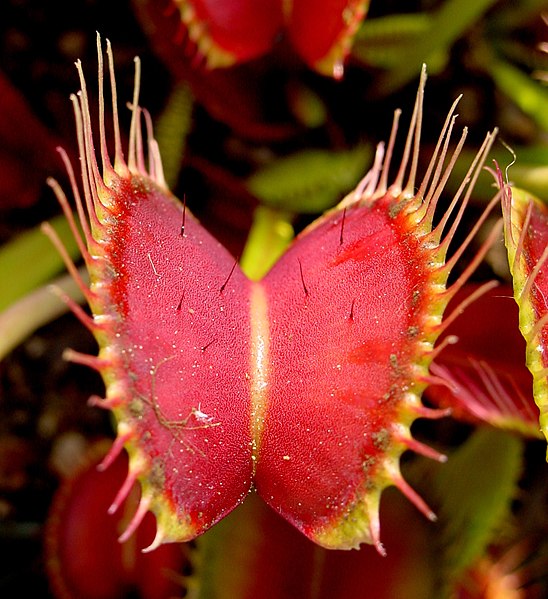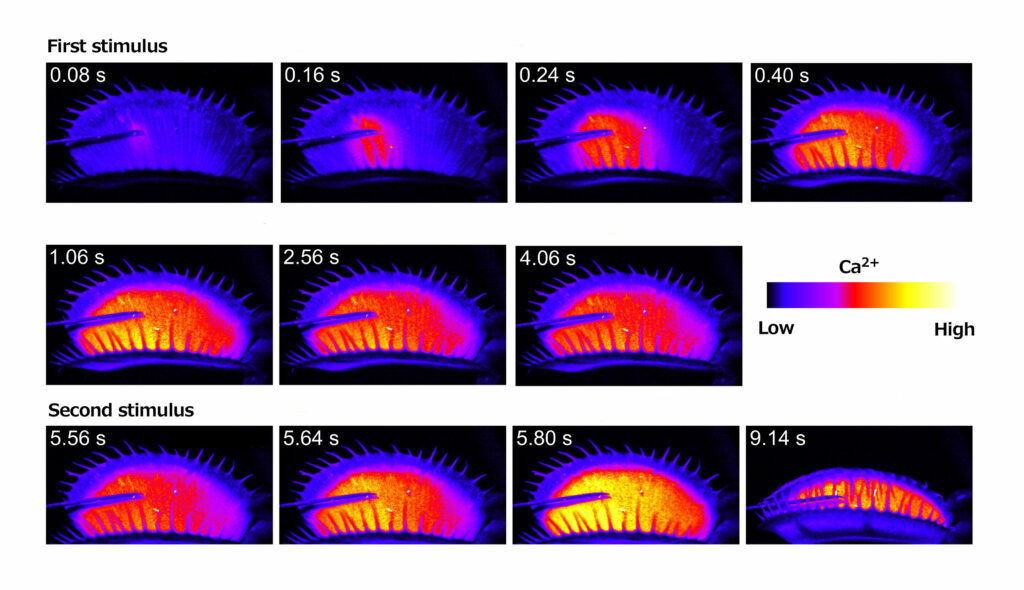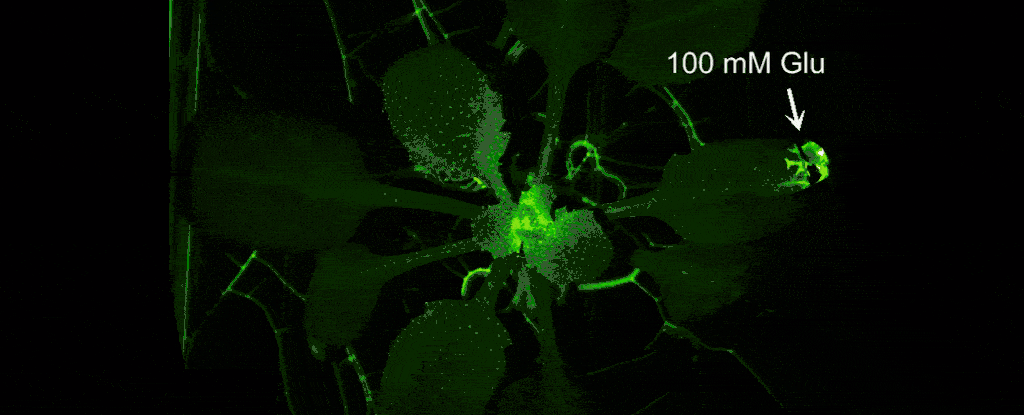
The Venus flytrap is famous for its unusual ability to catch and digest insects and other small animals. And although it has no brain or nervous system to speak of, its behavior is strikingly intelligent. The carnivorous plant has tiny hairs that line its maw, which act like motion sensors, detecting when a struggling insect is ripe for the picking so it can close its jaws and ramp up digestion. But if raindrops or other false alarms trigger the hairs, the trap remains open thereby preserving energy.
This remarkable ability is owed to the plant’s short-term memory. Previous research shows that Venus flytraps can effectively ‘count’ to five. For instance, two touches of the hairs within a 20-second window of time cause the trap to shut while five touches boost the production of digestive enzymes.
How the plant records these instances of touch has so far been a mystery, but a new study published this week in the journal Nature Plantsmay shed some light.
Poke this plant and you’ll be in for a surprise
According to researchers at the National Institute for Basic Biology in Ozaki, Japan, Venus flytraps owe their short-term memory to calcium signaling. This is a hypothesis that had been suggested before but it is only now that calcium’s role has been confirmed thanks to genetic engineering.
Venus flytraps were engineered to produce a fluorescent protein that glows green when it’s exposed to calcium. When the plants’ sensory hairs were gently stimulated, the base of the hairs began glowing. The glow quickly spread through the entire leaf before starting to fade. When the hair was touched a second time within 30 seconds or so, the leaves lit even brighter. What’s more, the trap quickly snapped shut. Check out the amazing video below for this effect in action.
These experiments show that the flytrap’s short-memory is predicated on calcium levels in the plant’s leaves. When the calcium concentration in cells reaches a certain threshold, the trap closes.
“I tried so many experiments over two and a half years but all failed. The Venus flytrap was such an attractive system that I did not give up. I finally noticed that foreign DNA integrated with high efficiency into the Venus flytrap grown in the dark. It was a small but indispensable clue,” Hiraku Suda, the first author of the article, said in a statement.

In the future, the Japanese researchers want to use the same method to study other aspects of the Venus flytrap’s behavior, such as the capturing of prey and digestion.
“This is the first step towards revealing the evolution of plant movement and carnivory, as well as the underlying mechanisms. Many plants and animals have interesting but unexplored biological peculiarities,” said Mitsuyasu Hasebe of the National Institute for Basic Biology.






